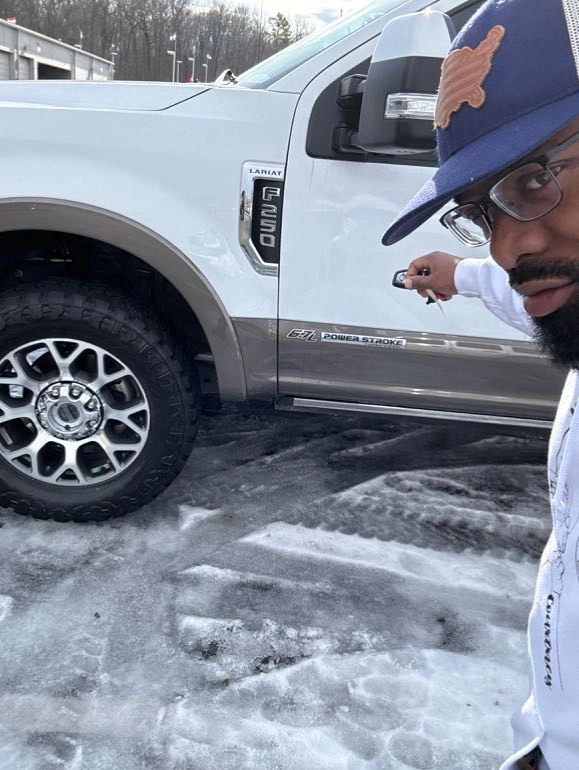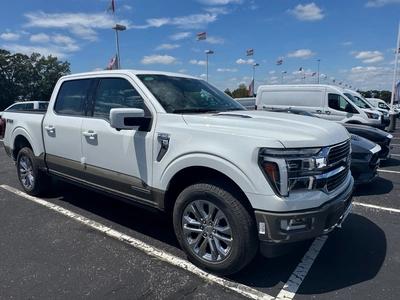Winter driving can be challenging and hazardous due to snow, ice, and reduced visibility. Preparing yourself and your vehicle for winter conditions is crucial to ensure safety on the road. This blog provides essential tips for driving safely on winter roads, helping you navigate the cold months with confidence.
1. Vehicle Preparation
- Check Your Vehicle: Before winter arrives, ensure your vehicle is in good condition. This includes checking the battery, brakes, lights, and heating system.
- Winter Tires: Install winter tires for better traction on snow and ice. They are designed to perform in cold temperatures and provide improved safety.
- Windshield Care: Use winter-grade windshield washer fluid and ensure your wipers are in good condition to improve visibility.
2. Plan Your Route
- Stay Informed: Check weather forecasts and road conditions before you travel. Avoid driving during severe weather if possible.
- Plan Your Journey: Choose routes that are more likely to be cleared and gritted. Allow extra time for your journey to avoid rushing.
3. Adjust Your Driving
- Reduce Speed: Drive slower than usual and maintain a safe distance from the vehicle in front. Speed limits are for ideal conditions, not snowy ones.
- Gentle Maneuvers: Apply brakes gently to prevent skidding. Avoid sudden turns or stops.
- Use Lower Gears: In slippery conditions, using lower gears can help maintain traction, especially on hills.
4. Skid Control
- Stay Calm: If you start to skid, remain calm. Overreacting can make it worse.
- Steer Into the Skid: Gently steer in the direction you want to go. Avoid slamming on the brakes as it can make the skid worse.
5. Emergency Kit
- Prepare for the Unexpected: Keep an emergency kit in your car including blankets, a flashlight, a first-aid kit, snacks, water, and a charged phone.
6. Visibility
- Clear Snow and Ice: Completely clear your car of snow and ice before driving, including lights and mirrors.
- Use Lights Wisely: Use headlights to improve your visibility and help others see you.
7. Stay Updated
- Technology Aids: Use apps and navigation systems to stay updated on traffic conditions and road closures.
8. Regular Breaks
- Avoid Fatigue: On longer journeys, take regular breaks to stay alert. Fatigue can significantly impair your reaction time and attention.
9. Practice Winter Driving
- Get Experience: If possible, practice driving in a safe, open area to get a feel for how your car handles in snow and ice.
10. Stay Home If Necessary
- Safety First: If conditions are too dangerous, it's best to stay off the road. No destination is worth risking your safety.
Conclusion
Winter driving requires extra caution and preparation. By following these tips, you can enhance your safety and the safety of others on the road. Remember, the key to safe winter driving is to be prepared, be aware, and be cautious. Stay safe and enjoy the winter season responsibly!
Eric Cash
(901) 503-6963
Homer Skelton Ford












